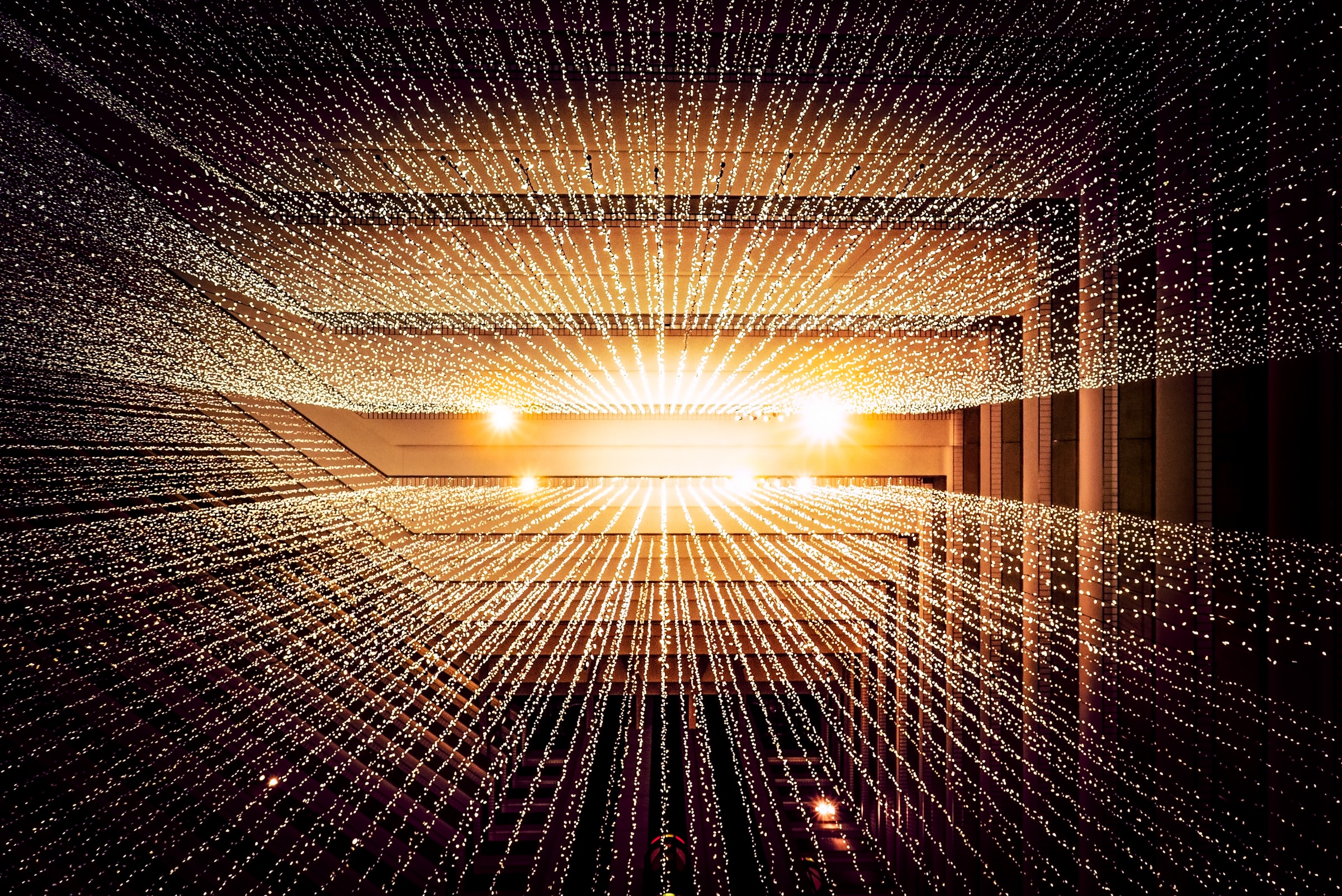Cyber-Physical Systems (CPSs) are engineered systems that are built from, and depend upon, the seamless integration of computation, and physical components. While automatic control systems like the steam governor have existed for several centuries, it is only in the past decades that the automation of physical infrastructures like the power grid, water systems, or chemical reactions have migrated from analogue controls to embedded computer-based control, often communicating through computer-based networks. In addition, new advances in medical implantable devices, or autonomous self-driving vehicles are increasing the role of computers in controlling even more physical systems.
While computers give us new opportunities and functionalities for interacting with the physical world, they can also enable new forms of attacks. The purpose of this Knowledge Area is to provide an overview of the emerging field of CPS security.
In contrast with other Knowledge Areas within CyBOK that can trace the roots of their field back to several decades, the work on CPS security is relatively new, and our community has not developed yet the same consensus on best security practices compared to cyber security fields described in other KAs. Therefore, in this document, we focus on providing an overview of research trends and unique characteristics in this field.
CPSs are diverse and can include a variety of technologies, for example, industrial control systems can be characterised by a hierarchy of technology layers (the Purdue model [1]). However, the security problems in the higher layers of this taxonomy are more related to classical security problems covered in other KAs. Therefore, the scope of this document focuses on the aspects of CPSs more closely related to the sensing, control, and actuation of these systems (e.g., the lower layers of the Purdue model).
The rest of the Knowledge Area is organised as follows. In Section 1 we provide an introduction to CPSs and their unique characteristics. In Section 2, we discuss crosscutting security issues in CPSs generally applicable to several domains (e.g., the power grid or vehicle systems); in particular we discuss efforts for preventing, detecting, and responding to attacks. In Section 3, we summarise the specific security challenges in a variety of CPS domains, including the power grid, transportation systems, autonomous vehicles, robotics, and medical implantable devices. Finally, in Section 4, we examine the unique challenges CPS security poses to regulators and governments. In particular, we outline the role of governments in incentivising security protections for CPSs, and how CPS security relates to national security and the conduct of war.
Course Content
Building Blocks
About Instructor



